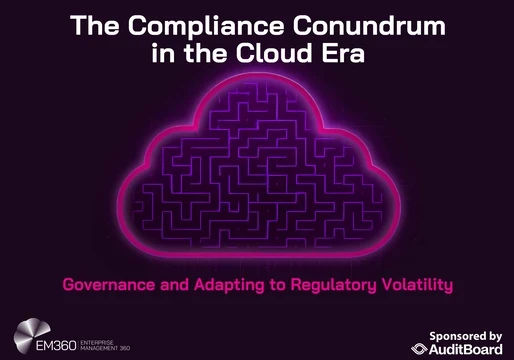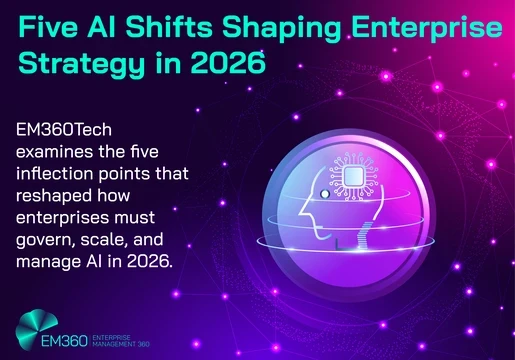The digital transformation accelerates. Enterprises worldwide scramble to harness generative AI's unprecedented power. But wait—a critical oversight emerges from the technological euphoria.
Innovation races ahead at breakneck speed. Regulation? It limps behind, struggling to keep pace with the relentless march of artificial intelligence integration. The consequences? They're not theoretical anymore. They're operational, immediate, and potentially catastrophic.
Consider this stark reality: Gartner's 2024 study revealed that 79% of organizations have already piloted or deployed AI solutions. Yet—and here's the kicker—only 27% possess formal AI governance frameworks. The gap is staggering. The risks? Exponentially growing.

The Precipice of Peril
Hallucinations plague even the most sophisticated systems. GPT-4 fabricates. Claude conjures fiction. In healthcare settings, these digital delusions can prove lethal. Financial sectors face similar dangers. Legal professionals navigate treacherous waters where AI-generated content might mislead, misinform, or worse—completely fabricate precedents.
Data privacy violations lurk in every corner. Internal documents fed into public models. Customer information processed without consent. GDPR violations mount. HIPAA breaches multiply. The regulatory storm gathers momentum.
Bias permeates foundation models like poison through veins. MIT Media Lab's 2023 findings exposed uncomfortable truths: racial discrimination embedded in algorithms, gender bias reinforced through training data, cultural prejudices amplified across decision-making systems. Hiring processes become discriminatory. Lending decisions perpetuate inequality. Legal judgments reflect historical injustices.
Meanwhile, regulatory frameworks tighten their grip. The EU AI Act arrived in 2024, classifying high-risk applications with surgical precision. Transparency requirements. Traceability mandates. Human oversight obligations. Similar legislation spreads across continents—America, Canada, Asia all developing their own frameworks.
The Architecture of Accountability
What does robust AI governance actually resemble? Industry leaders point toward structured approaches, drawing from NIST guidelines, OECD recommendations, and the emerging ISO/IEC 42001 standard.
Accountability structures demand clarity. AI product owners take responsibility. Data stewards maintain vigilance. Risk managers assess threats continuously. Cross-functional teams unite IT specialists, legal experts, security professionals, and business stakeholders. Silos crumble. Collaboration emerges.
Documentation becomes sacred. Model cards detail training methodologies. Data sheets explain provenance. Intended use cases receive explicit definition. Known limitations undergo honest assessment. Transparency replaces opacity.
Human oversight remains paramount. Algorithms propose. Humans decide. Review mechanisms enable intervention. Override capabilities prevent catastrophic failures. High-stakes decisions—loan approvals, medical diagnoses, legal judgments—require human validation.
Bias audits become routine. Tools like IBM AI Fairness 360 dissect algorithmic prejudices. Google's What-If Tool explores counterfactual scenarios. Open-source libraries such as Fairlearn democratize fairness testing. Regular assessments uncover hidden biases.
Guardrails shape behavior. Internal policies govern prompt engineering practices. PII masking protects sensitive information. Acceptable use cases receive clear definition. API gateways control access to foundation models. Sandbox environments contain experimental activities.
Incident response protocols prepare for failure. AI incidents mirror cybersecurity breaches. Response playbooks guide remediation efforts. Usage logging enables forensic analysis. Drift detection prevents model degradation. Stakeholder reporting mechanisms capture unintended consequences.
Governance in Action: A Case Study
A Fortune 100 insurance company pioneered practical AI governance. Their claims processing pilot incorporated sophisticated safeguards.
Red team exercises attacked their systems. Blue team defenders responded. Prompt injection vulnerabilities underwent rigorous testing. Bias testing employed synthetic diverse names across scenarios. Internal review boards assessed high-impact use cases before deployment.
Results? Potential brand disasters were averted. Regulatory audits produced positive outcomes. Trust increased among stakeholders.
The Compliance Horizon
Experimentation without oversight dies. Compliance becomes mandatory. The EU AI Act enforces strict requirements. ISO/IEC 42001 establishes management standards. NIST's AI Risk Management Framework provides implementation guidance.
Board-level attention shifts toward AI governance. Just as cybersecurity evolved from IT concern to executive priority during the 2010s, AI governance ascends to enterprise-wide discipline. Responsible innovators separate themselves from reckless adopters.
The Trust Imperative
AI's promise dazzles. Its potential for harm terrifies. Without governance, enterprises risk regulatory fines, operational failures, and something far more valuable—stakeholder trust.
Employees question algorithmic decisions. Customers doubt AI-generated recommendations. Regulators scrutinize every deployment. Trust, once lost, proves difficult to rebuild.
The future belongs to organizations that lead with transparency. Accountability guides their actions. Human values align with technological capabilities.
Real innovation transcends powerful models. It creates responsible systems worthy of human trust.
Because in the end, the question isn't whether we can build intelligent machines. The question is whether we can build trustworthy ones.







Comments ( 0 )